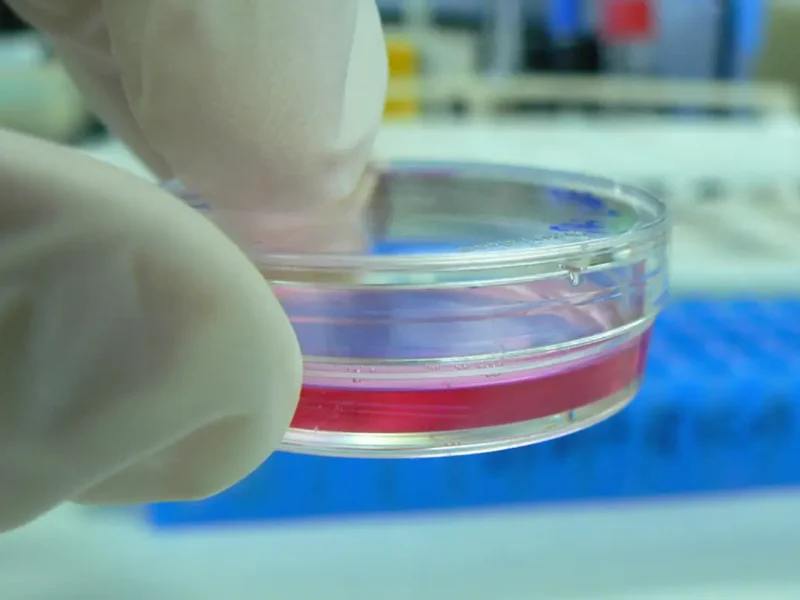
Student Debt Crisis
From Girish Modi, Decatur, GA
Though primary and secondary education is free in America, college education is not free and is very expensive, which most middle-class people cannot afford. Foreigners from China, India and other countries come to America since they see college degree as an investment for better future. Since America has a shortage of highly educated people, the government allows them to come on special visa category called H1B visa.
The average tuition for a bachelor’s degree in European countries is affordable and only less than 2% students take out loans as there is financial assistance to pay for the full tuition or half of the tuition for low-income families, depending on their needs.
American borrowers who finished college in the early 1990s were able to manage their student loans without an enormous burden. However, within the past three decades the cost of attaining a college degree increased by more than 1,000 percent. A typical student loan borrower owed almost $40,000 and there are about 45 million students owing a total of over $1.5 Trillion in 2023. It is a crisis out of control. Only mortgage debt is larger in the United States. Since federal student loans do not limit the amount a lender can borrow, this has allowed public as well as private colleges to increase their tuitions.
In 2007, President George W. Bush signed the College Cost Reduction and Access Act, that first introduced the concept of student loan forgiveness. With this law, graduates that worked in the public service sphere that made consistent monthly payments to their student loans would have their debt forgiven after 10 years. Since its enactment, the Public Service Loan Forgiveness (PSLF) has been the only form of loan forgiveness available. Student loan forgiveness has been an ongoing topic during election cycles and has been in flux the past few months.
In 2022, President Joe Biden announced sweeping student loan forgiveness changes. They included: Up to $20,000 in student loan debt relief for Pell Grant recipients whose annual income is less than $125,000 and change the existing structures to allow for more borrowers to qualify for student loan forgiveness.
Shortly after the administration began accepting applications for student loan debt relief, several states and interest groups filed lawsuits, claiming the forgiveness policies were unlawful. The Supreme Court blocked the administration’s plan in June of this year, stating that Congress should be the body to authorize student loan forgiveness and not the President. Hence, no applications for student loan forgiveness under President Biden’s proposal are being accepted, and everyone that did apply for debt relief has been denied their request. President Biden’s new proposal will allow $10,000 in student debt forgiveness, although it only applied to private, nonfederal student loans, federal appeals court temporarily blocked Biden’s plan.
Since 2020, borrowers have not had to make payments to their federal student loans, nor have their loans been accruing interest, a measure enacted by President Donald Trump during the Corona virus pandemic. However, student loans began accruing interest once more from September 2023 and borrowers will need to begin making monthly payments. The administration is currently working on another approach to student loan debt forgiveness, which will undoubtedly be announced before the 2024 election.
While President Biden’s one-time debt relief plan will not come to fruition, the PSLF program is still functioning as normal. Borrowers who work in the public service sphere are eligible for student loan forgiveness if they meet several conditions:
Be employed by a U.S. federal, state, local or tribal government or a qualifying not-for-profit organization and repay loans under the Income-Driven or Standard Repayment plans in 120 monthly payments.
(This submission is not edited.)




